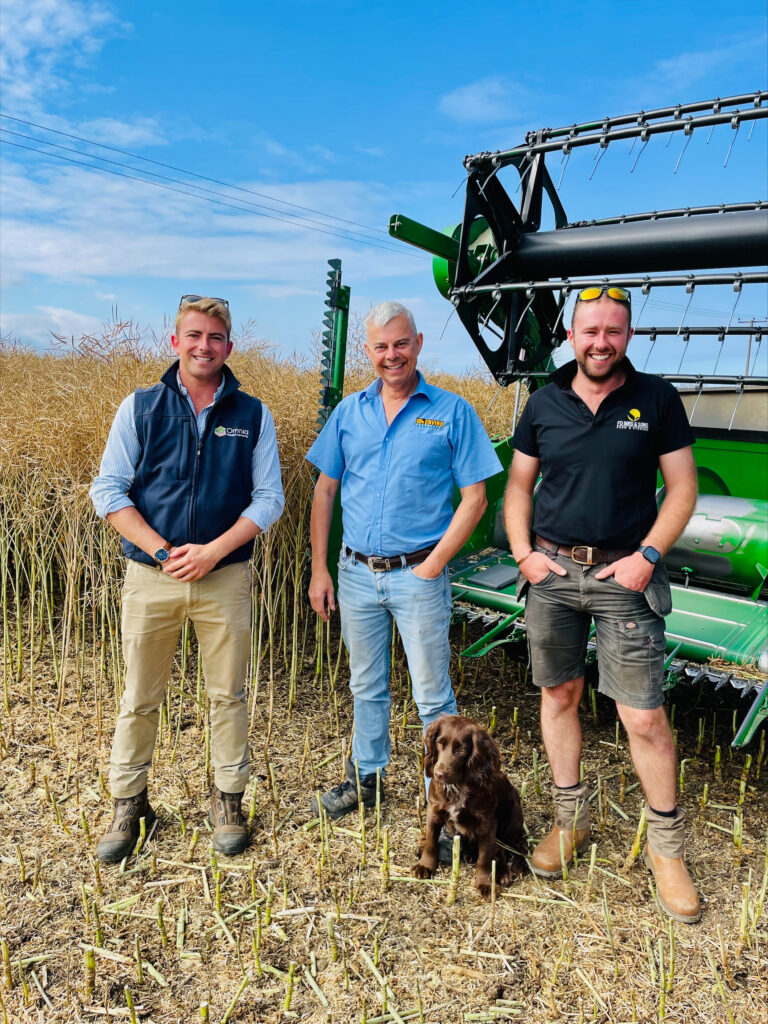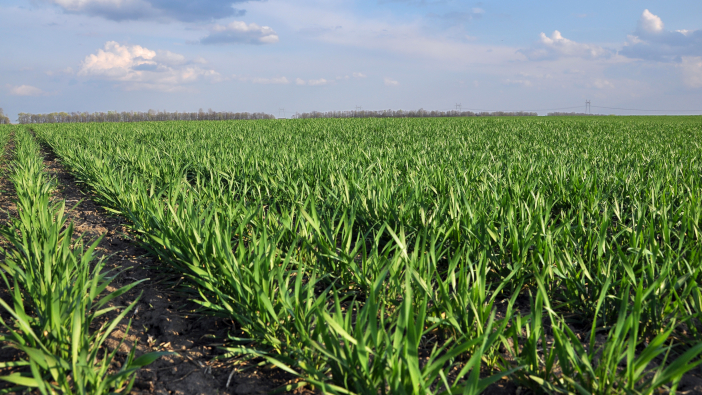The 260ha East Yorkshire farm and business, F.D. Bird & Sons, began using the Omnia digital farming platform in 2020, with assistance from Hutchinsons’ agronomist Ben Jagger.
The farm has a range of soil types, from sandy loam to heavy clay, and cropping includes spring barley, oilseed rape, winter barley, winter wheat, and vining peas.
With Omnia, the farm has analysed existing yield map data, plus soil and organic matter contents, to improve on-farm crop management; and the business is saying that Omnia has paid for itself within the first season.
Prior to drilling in the spring of 2021, using Omnia, the farm completed Terramap scanning of portions of farmland. When scanning, a host of soil properties were collected – from nutritional status to pH levels, soil type and organic matter content.
Using the Terramap analysis, the farm discovered that the routine applications of lime to correct low soil pH were not necessary. This resulted in an instant saving of £5,000 to £7,000 on lime, in one year alone.
“At current prices, those savings could be worth a third more than that now,” added farm manager James Close.

“Previously, we’d have routinely applied lime based on a few soil samples taken by our spreading contractor. Terramap has brought far greater precision to the process, not just with lime, but with seed and fertiliser too.”
Omnia has also helped the farm with targeted fertiliser applications. For instance, in the areas of fields with lower levels of soil potassium and phosphorous, as identified by Omnia, the farm were able to apply variable rate phosphate and Muriate of Potash (MOP) granular fertiliser to oilseed rape crops.
“Base fertiliser rates are calculated from yield map analysis, to identify crop potential, and we can tailor what we need to apply, and where to apply it according to what’s in the soil,” said Mr Close.
Manganese, nitrogen, and slurry and farmyard manure applications can also be more targeted.
“Our ultimate goal is to hopefully reduce the amount of nitrogen and other fertilisers we need to as little as possible, by only applying nutrients exactly where and when they are needed.”
“The cost of all fertiliser has increased considerably this year, so we have to use it as efficiently as possible; some fields have very high organic matter content, whereas others are lower, so hopefully we can tailor applications better,” explains Mr Close.
He also adds that Omnia has proven to be a success in the preparations for variable seed rate plans too, and both Mr Close and Mr Bird believe that Omnia’s yield and crop profitability analysis will play a large role in strategic business planning going forward too.
The next step for the farm is to input actual financial costings information into Omnia and use the cost of production mapping functionality to highlight areas of the farm and individual fields that can consistently deliver a profit, and those that cannot.
“Where underlying problems cannot be rectified, we would consider taking underperforming areas out of production and putting them into some sort of environmental stewardship option,” says Mr Close.


